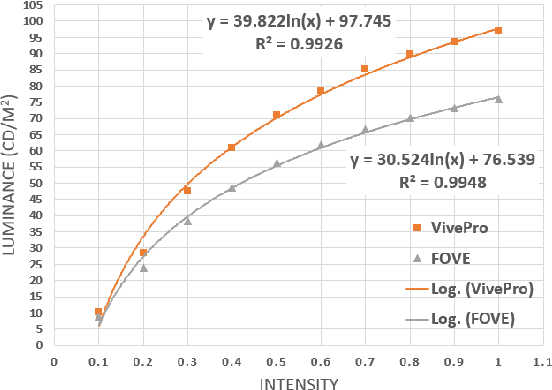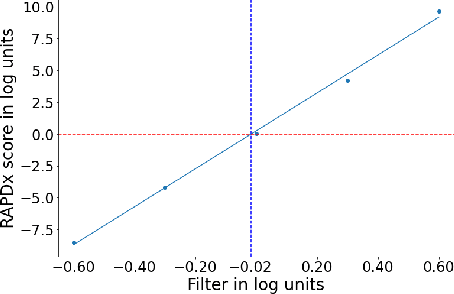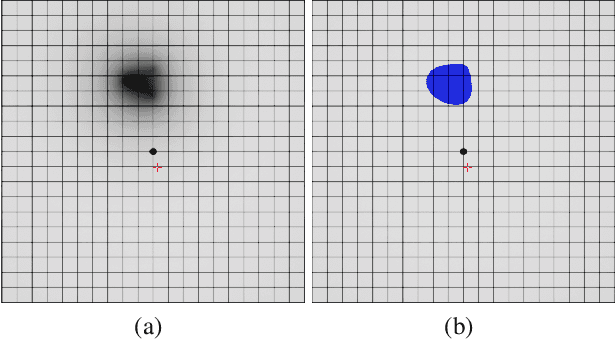Nasif Zaman
VR-SFT: Reproducing Swinging Flashlight Test in Virtual Reality to Detect Relative Afferent Pupillary Defect
Oct 12, 2022



Abstract:The relative afferent asymmetry between two eyes can be diagnosed using swinging flashlight test, also known as the alternating light test. This remains one of the most used clinical tests to this day. Despite the swinging flashlight test's straightforward approach, a number of factors can add variability into the clinical methodology and reduce the measurement's validity and reliability. This includes small and poorly responsive pupils, dark iris, anisocoria, uneven illumination in both eyes. Due to these limitations, the true condition of relative afferent asymmetry may create confusion and various observers may quantify the relative afferent pupillary defect differently. Consequently, the results of the swinging flashlight test are subjective and ambiguous. In order to eliminate the limitations of traditional swinging flashlight test and introduce objectivity, we propose a novel approach to the swinging flashlight exam, VR-SFT, by making use of virtual reality (VR). We suggest that the clinical records of the subjects and the results of VR-SFT are comparable. In this paper, we describe how we exploit the features of immersive VR experience to create a reliable and objective swinging flashlight test.
A Parametric Perceptual Deficit Modeling and Diagnostics Framework for Retina Damage using Mixed Reality
Oct 17, 2019



Abstract:Age-related Macular Degeneration (AMD) is a progressive visual impairment affecting millions of individuals. Since there is no current treatment for the disease, the only means of improving the lives of individuals suffering from the disease is via assistive technologies. In this paper we propose a novel and effective methodology to accurately generate a parametric model for the perceptual deficit caused by the physiological deterioration of a patient's retina due to AMD. Based on the parameters of the model, a mechanism is developed to simulate the patient's perception as a result of the disease. This simulation can effectively deliver the perceptual impact and its progression to the patient's eye doctor. In addition, we propose a mixed-reality apparatus and interface to allow the patient recover functional vision and to compensate for the perceptual loss caused by the physiological damage. The results obtained by the proposed approach show the superiority of our framework over the state-of-the-art low-vision systems.
 Add to Chrome
Add to Chrome Add to Firefox
Add to Firefox Add to Edge
Add to Edge